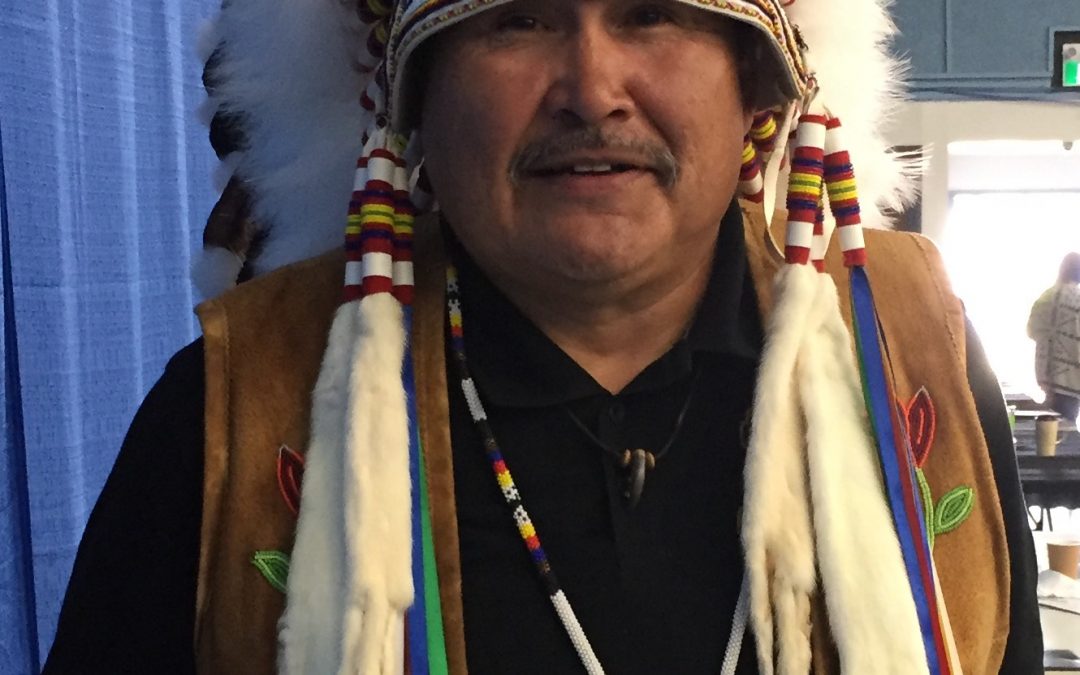The Prince Albert Grand Council is asking city council to hold off on its controversial back alley curfew bylaw.
In a press release, PAGC Chief Brian Hardlotte says the city simply has not done enough consultation to move the bylaw forward.
The proposed bylaw would restrict public access to the city’s back alleys between the hours of midnight and 6 a.m.
Violations could result in fines of up to $5,000.
In the release, Hardlotte echoes the concerns of other critics of the bylaw that it would unnecessarily enhance police powers, could lead to racial profiling and there is no substantive data that legislation of this nature actually reduces crime.
The press release also references a 2010-2017 review by the Ontario Human Rights Commission into race and policing in Toronto that showed the practice of carding was heavily focused on race.
Council is set to vote on the bylaw at a meeting on Monday.
At an April 20 executive council meeting, Prince Albert lawyer Estelle Hjertaas spoke on behalf of a petition against the bylaw, with about 150 signatures on it.
Hjertaas said it is not uncommon for police to use racial profiling against Indigenous people in the city and this bylaw will only increase the problem.
“The first example is a client that I had,” she said. “An Indigenous man who was arrested in his own backyard, essentially, because the police felt he looked suspicious because he was an Indigenous man wearing black. They then arrested him. He had a knife and tools on him, they charged him with break and enter, he spent a couple of months in jail before his trial date and the Crown by then had realized that those charges contravened the Charter (of Rights).
Mayor Greg Dionne is in favour of the bylaw.
He said property crime is a big problem in Prince Albert and the back alley curfew bylaw will help reduce it.
Dionne insisted the bylaw is effectively “colour blind” and takes issue with anyone who suggests otherwise.
“When I pass a bylaw it’s for all citizens,” he said. “I don’t pass a bylaw just for one sector. And if they don’t think Aboriginal people and people of colour are being robbed, wake up, they’re victims just like we are and they have the right to be protected.”
The question remains, will the bylaw actually reduce crime?
Hjertaas said there is absolutely no proof of this.
“No one that they are trying to deter is going to be deterred by this bylaw. Deterrents only work on people that are already law abiding, they’re going to make a cost-benefit analysis. So, if you are already committing crimes, the risk of going to jail for life, the max penalty for break and enter, isn’t going to deter you then a fine isn’t going to stop you either.”
Regardless, with no lights, sidewalks or clear pedestrian paths in the city’s back alleys, Dionne said there is simply no good reason why anyone should be in them during the bylaw’s restricted hours and those that are should be liable for prosecution.
The bylaw does contain a few exemptions and does not include area residents and permitted guests who may be accessing their own backyards or parking spaces.
The minimum fine for an infraction is $500.
At the same meeting, Councillor Terra Lennox-Zepp noted the bylaw does not actually give police any additional funds for enforcement.
She said the city would be better off using the $20,000 it plans to spend on bylaw signage for other programming such as anti-poverty and addictions prevention initiatives.
Earlier this year, council passed a similar bylaw that also restricts access to public pathways during certain hours.
(PHOTO: Prince Albert Grand Council Chief Brian Hardlotte is asking city council to put its proposed back alley curfew bylaw on hold. Photo by Fraser Needham.)
